Peter Walley0412286602, 9780412286605
This text presents a theory of probabilistic reasoning, statistical inference and decision. The book is concerned with the problems of reasoning under conditions of uncertainty, partial information and ignorance. It is argued that, in order to give appropriate weight to both ignorance and uncertainty, imprecise probabilities need to be assessed. The imprecision can be modelled mathematically by upper and lower probabilities or (more generally) upper and lower previsions. The degree of imprecision can reflect both the amount of information on which probabilities are based and the extent of conflict between different types of information. The book develops mathematical methods for reasoning using imprecise probabilities. These include methods for assessing probabilities, modifying the assessments to achieve coherence, updating them to take account of new information, and combining them to calculate other probabilities, draw conclusions and make decisions. The methods are extended in the second half of the book to construct a general theory of conditional probability and statistical inference. The mathematical theory is based on simple and compelling principles of avoiding sure loss, coherence and natural extension. Careful attention is given to the philosophical foundations, interpretation and justification of the theory. It is compared with alternate theories of inference, including Bayesian theories (which require all probability assesments to be precise), Bayesian sensitivity analysis, the Neyman-Pearson theory of confidence intervals, the Dempster-Shafer theory of belief functions and the theory of fuzzy sets. The theory is applicable to a wide range of disciplines including statistics, decision theory, economics, psychology, philosophy of science, management science, operations research, engineering and artificial intelligence. (References are given to related work in these fields). In fact, the theory has important implications for any field in which the problems of uncertainty and limited information are taken seriously. This book should be of interest to researchers in statistics and those in related disciplines. | |
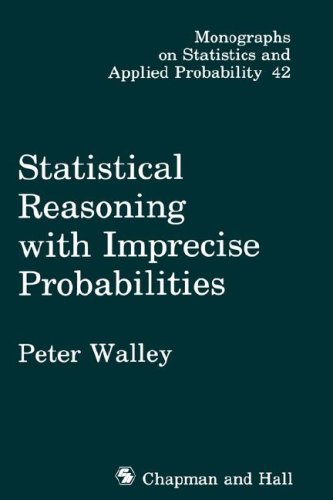

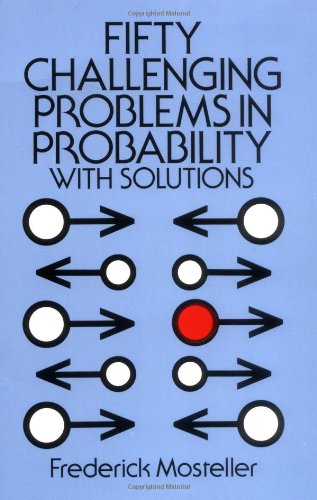

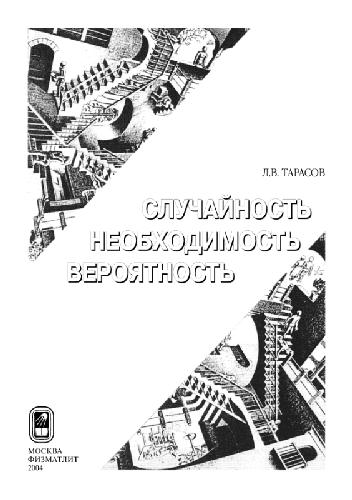
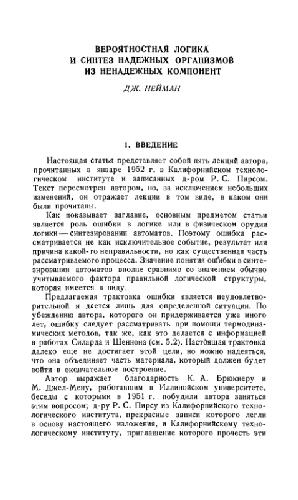
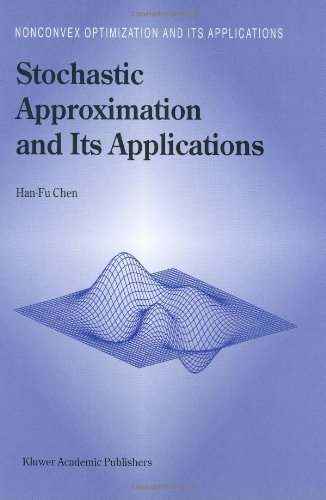
Reviews
There are no reviews yet.